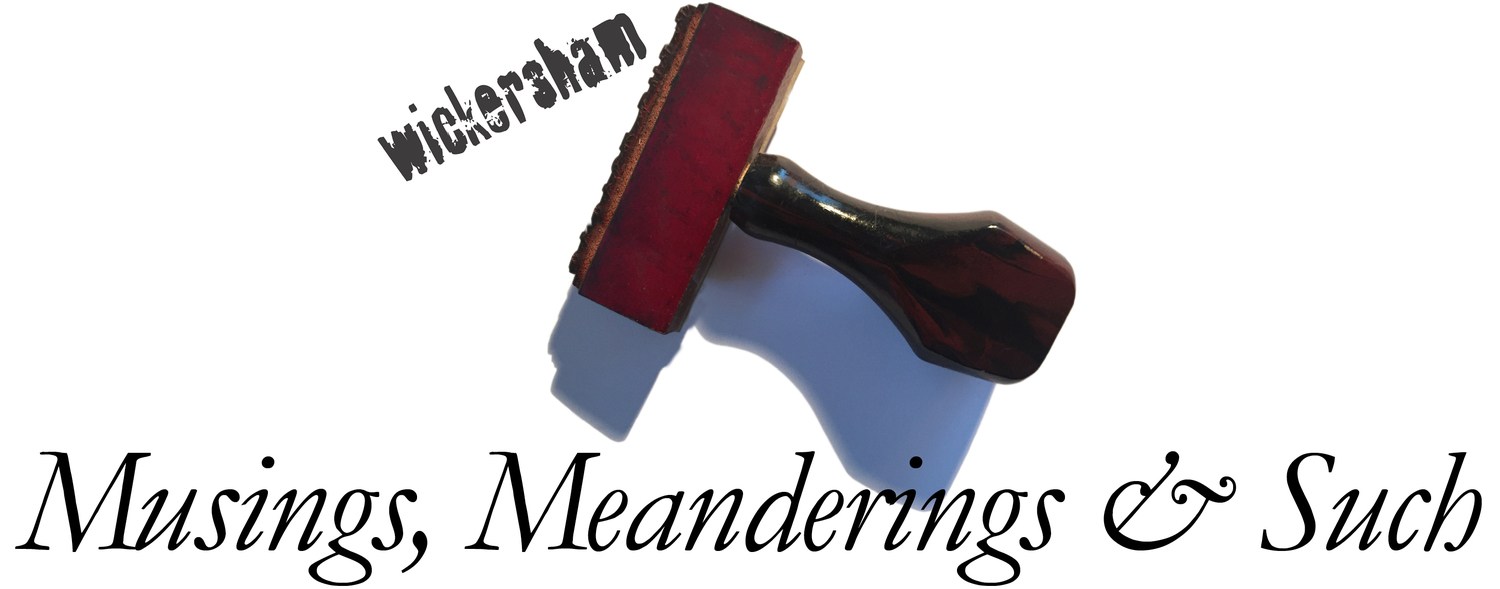Beware Of The "Minimum Viable Product"
You’ve heard the term, MVP, or “minimum viable product”? It’s big in the lean startup community. Around since 1999, the term was coined and defined by Frank Robinson, and thrown around a lot by Steve Blank, and Eric Ries. Ries defines MVP as “…that version of a new product which allows a team to collect the maximum amount of validated learning about customers with the least effort.” It seems to be the early-stage tech mantra these days. But be wary, the MVP can be a trap.
Determining what constitutes an MVP is not just a technical question, it is a strategic and branding question. In my recent work with several early-stage companies, I’ve seen the dangers of MVP thinking and the focus on just “getting something out there”. Often before what would appear to be core features are even built. What always seems to be missing is the foundational business thinking, the mission-critical brand positioning work. The lure of the MVP can tempt you away from doing all that needs to be done to determine viability leading to miscalculations about the time and cost for what it takes to really be viable. Without fully understanding viability, the veracity of financial projections come into question, capital is harder to close and certainly more expensive.
Without a thorough brand positioning process, determining what makes a product minimally viable becomes a whole lot trickier. A comprehensive positioning by nature requires 1. Defining the core audience(s), 2. The context in which the business lives, 3. Its unique benefits, and 4. Support for those benefits – it is the brand promise and its core differentiating attributes. Minimum build should be determined by the market and the features needed to be competitively unique and ready for adoption. Each element in the positioning is interconnected and inter-reliant; it’s not as simple as it might appear. Defining the brand and its positioning informs the user experience, which then informs the development, and thereby how long it will take and how much it will cost.
Truthfully, brand positioning is often best done with an objective, unbiased strategic partner. Because, no surprise, startup and early stage founders can sometimes just get a bit too close. Some of this blindness can be attributed to the “IKEA Effect”, coined by Michael Norton, Daniel Mochon, and Dan Ariely, The IKEA Effect is a cognitive bias in which people place a disproportionately high value on products they created and lose some ability to be objective. (Read about the IKEA Effect here.) From an investment perspective, the thinking goes that early stage capital is the most expensive, so if you build a MVP quickly for the shortest dollars possible, you give up less equity and will be able to raise less expensive capital later. Inevitably this leads to more misjudgments of what constitutes minimally viable. Sometime you just have to build the whole damn thing to test it.
In the case of a SaaS or PaaS, once you think you have a minimum build, regardless of its viability, you tend to abandon analyzing and strategizing about what needs to be done to get to viability, and instead move to a mindset of advocacy for what you’ve built, and the blindness grows. Usually by then, it’s too late. The brand and the business can never be left out when determining product viability.
It can go something like this: The client has what they think is their MVP and they’re ready to launch and then go for the next round. But they never responsibly did the brand positioning work. Without that clear positioning, the minimum feature sets needed to truly be viable and the corresponding development cost and timetables, were misjudged. As a result, the initial product falls short of the user’s expectations and adoption stalls. The client has burned through most of their capital, time is whizzing by and only now, after the launch did they figure out what the experience really needed to be to be viable. Traction isn’t happening. Their financial projections were built on adoption rates based on demand for a user experience that they have yet to build and thus, the projections are not entirely valid, at a minimum, speculative. The clients is now unable to verify demand or validate the numbers to an investor. Not an ideal position to be in when out raising capital. It ends up being an expensive do-over.
Instead of MVP, I offer up MRE or “Minimum Required Experience”. Anyone can get a product up and running, throw up a site with promises and features to come. But are you delivering a differentiated experience that sets you apart in the market? One that will get you traction? Will the minimum experience give users the experience your brand is promising? Will it drive demand, incent retention and set the foundation to achieve scale? The MVP mindset has taken focus away from a user-centric and business-centric process. Minimum Required Experience. It gets us back to focusing on the user and the market, on the business of building a business.
Always strive to position the brand and the business in parallel with scoping the build, and do it from the very beginning. Don’t underestimate what minimally viable means to your users or the result may well be an underestimation of capital needs and the runway to get there. Best get it right the first time because sometimes, you only get one time. Any investor would trade a longer runway and more invested capital for a vetted, projectable upside based on a strategically grounded and verified Minimum Required Experience, any day of the week.


